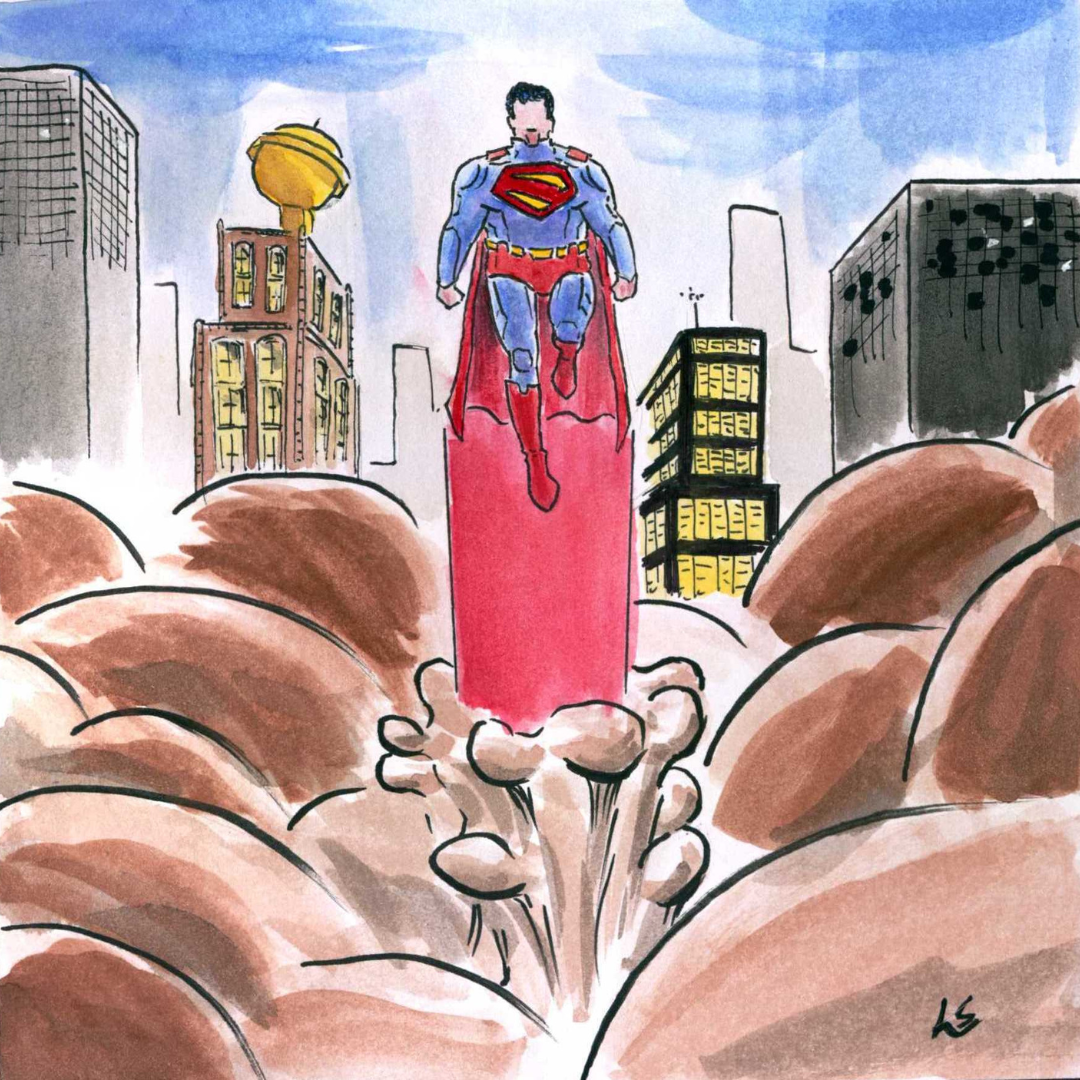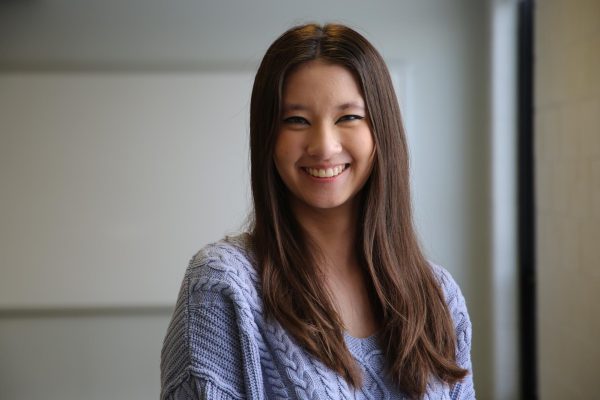As a mixed race woman of Korean descent, I’ve often felt like I’ve been viewed as different in my predominantly white hometown of York, Pennsylvania.
I rarely saw Korean culture, let alone Asian culture, represented or celebrated around me. And, despite being an advocate for Asian American and Pacific Islander (AAPI) issues since high school, I haven’t felt as connected with my Korean heritage as I’ve hoped.
Since moving to Philadelphia for college in 2022, I’ve wanted to confront these feelings and find more AAPI-focused spaces — and have. The 2024 Subaru Cherry Blossom Festival, hosted by the Japan America Society of Greater Philadelphia, seemed like a great opportunity to explore Japanese culture. To be clear, Japanese culture is very distinct from my ancestral Korean culture, but I wanted to explore it nonetheless.
The festival took place April 13 and 14 in West Fairmount Park, directly next to the Shofuso Japanese Cultural Center, a 17th-century-style Japanese house with surrounding gardens. I wanted to find out more, so I reached out to the leadership of Shofuso and got to speak to Candice Graham, site manager of Shofuso.
Graham said the festival started in the late 1990s as a small celebration aimed at giving exposure to Japanese culture, and the festival now celebrates the temporary beauty of cherry blossoms.
“They only last for a couple of weeks,” Graham said. “They’re here, and then you blink and they’re gone. And it’s just this ephemeral beauty, and it’s kind of like life itself. You’re here for a short minute, and it’s beautiful while you enjoy it, and then it’s gone.”
Graham told me that in Japan, people celebrate cherry blossoms by having picnics outside and observing them. She said for an American audience, the Japan Society of Greater Philadelphia organizes it “so that [people] can celebrate the ephemeral beauty but also be entertained” by cultural programming like tea ceremonies and origami workshops.
As I walked through the park’s gates in my cherry blossom-themed skirt on the festival’s first day, I heard the signature low-pitched bangs of taiko — Japanese percussion instruments — radiating from an elevated stage.
It was a matter of time until I was drawn to the aromas of food, coming from a circle of food vendors serving dishes from various Asian countries, and ate two cooked salmon onigiri — Japanese rice balls wrapped in seaweed with a savory filling.
From there, I made my way to the Japanese tea ceremony titled “Matcha in the Greenhouse,” located in the Horticulture Center Greenhouse. As is customary, I took off my clunky boots and knelt on a traditional tatami mat with three other guests. I watched as a demonstrator from Urasenke Philadelphia, a nonprofit centered on educating the Philadelphia area about Japanese tea ceremonies, combined bright green matcha tea powder and hot water with a matcha whisk.
The demonstrator said the matcha powder was sent straight from Japan and fresher than any matcha sold at stores throughout the U.S. The earthy, herbal mixture soothed my throat and immediately stood out from the Americanized matcha lattes I’ve purchased at coffee shops.

While I was sipping my matcha, I couldn’t stop thinking about the Kimono worn by the demonstrator, adorned with beautiful pastel flower designs. My heart panged when I thought about my lack of cultural clothing, with the exception of a traditional Korean dress I had as a toddler.
Following the tea demonstration, I stopped at various tables where AAPI organizations had set up posters. Among the various cultural programs and activism groups, one table stood out to me: Make Us Visible PA.
Upon talking to representatives, I learned the organization was advocating for increased AAPI education in K-12 schools.
Ji Hyun Denise Hellenbrand, co-director of Make Us Visible PA, said the goal of the organization is to use education to battle AAPI racism.
“The bottom line is to reduce Asian hate, because when we are seen as ‘other’ — the perpetual foreigner — they’ll see us as someone you can blame,” Hellenbrand said. “And that’s what we’re trying to avoid by adding history. Because if you don’t matter in history, you don’t matter in the present.”
On Make Us Visible PA’s table were children’s books about AAPI leaders, complete with colorful illustrations of the many kinds of Asian Americans. For the first time in my life, I was viewing children’s books about people who looked like me. I couldn’t stop thinking about my younger self, about how much better she may have understood herself if she learned about even just one person that looked like her.
In this rare moment, my identity was a topic of conversation, but not in the way it has been in the past. My Korean identity wasn’t designating me as separate from history, but bringing me closer to it. I felt pride, happy to have a connection to a group of strong, change-sparking leaders. But I also felt sadness, disappointed in myself for not knowing the names of the people in the coloring book prior to today. I left with one of the children’s coloring books in my tote.
Peri Law, youth programs coordinator at Asian Americans United, a Philadelphia-based organization aimed at growing leadership in AAPI communities and fighting racial oppression, said it’s extremely important for AAPI youth to have a community of others like them. Law’s work as a youth programs coordinator includes teaching high school students about what it means to be Asian American.
“I think it’s important to have spaces where [AAPI youth] feel empowered, and then can see other people who are like them, and then see what they’re able to do and that also they’re not boxed into a certain kind of role,” Law said.
Several weeks after the festival, I sat at my kitchen table, pulled out the coloring book, and began to color in the images of the AAPI leaders I was beginning to become acquainted with. It didn’t feel silly. This was much more than using markers in a children’s coloring book — it was a way for me to connect with AAPI icons that paved the way for me.
I see myself in Jackie Young, a Korean civil rights and gender equality activist. I see myself in Lan Samantha Chang, a Midwestern Chinese American who shared my same goals of working as a writer and English professor.
I can’t turn back time and magically give a copy of the coloring book to my six-year-old self. But if I’ve learned anything, it’s that learning is a lifelong process. My self-education journey, reinvigorated by my time at the festival, continues today, and every day after.















































